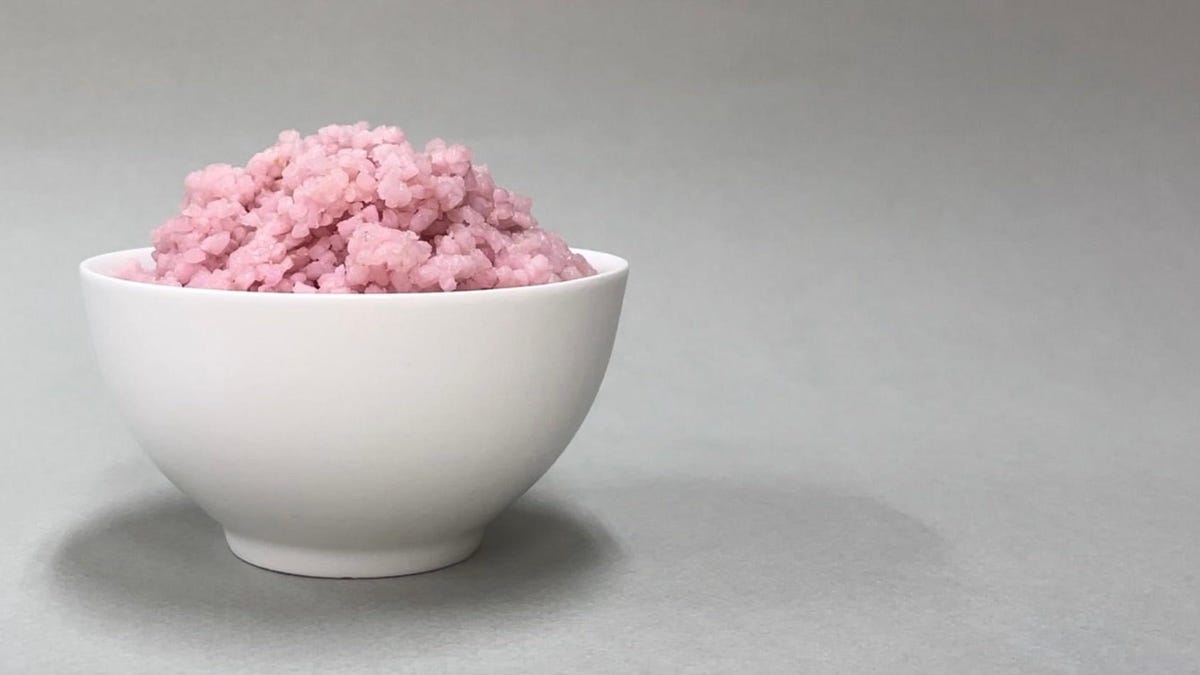The dinner plate of the future might include some beefy rice. No, not beef and rice. Beef rice. In a new study, researchers in Korea say they’ve created rice infused with muscle and fat cells from cows. The hybrid grain purportedly contains more protein and fat than typical rice, and the team argues that it should be cheaper and more environmentally friendly to produce than beef and rice combined.
…
To produce their hybrid food, they seeded rice grains with precursor muscle or fat cow cells, intended to create either protein-rich rice or fat-rich rice. These grains would then be placed inside a nutritious petri dish, and over the next 10 days or so, the cells would hopefully replicate and develop into mature cells nestled within the rice. But they soon realized that bare rice alone might not be the best scaffold for these cells. So they decided to first coat the rice with fish gelatin and the food additive microbial transglutaminase, believing that these ingredients would enhance the rice’s stickiness to the cells.
Their subsequent creation, which they call “microbeef,” seems to be an early success. Compared to bare cooked rice, the two batches of hybrid rice contain about 8% more protein and 7% more fat, respectively. They also ran tests of the food’s odor profile, indicating that it has a rich flavor, with notes of beef and almond for the rice with added protein and notes of cream, butter, and coconut oil for the rice with added fat.



This is the best summary I could come up with:
In a new study, researchers in Korea say they’ve created rice infused with muscle and fat cells from cows.
The study authors were inspired to create their novel food as a means of tackling the numerous ongoing challenges in agriculture.
The food industry as a whole is a major contributor to greenhouse gas emissions, for instance, with the bulk coming from meat production.
They also ran tests of the food’s odor profile, indicating that it has a rich flavor, with notes of beef and almond for the rice with added protein and notes of cream, butter, and coconut oil for the rice with added fat.
“The findings of this study provide feasible ideas for creating various types of future hybrid foods,” the authors wrote in their paper, published Wednesday in the journal Matter.
All of the ingredients used to create the hybrid rice are edible, meaning they shouldn’t pose any additional food safety concerns.
The original article contains 583 words, the summary contains 154 words. Saved 74%. I’m a bot and I’m open source!